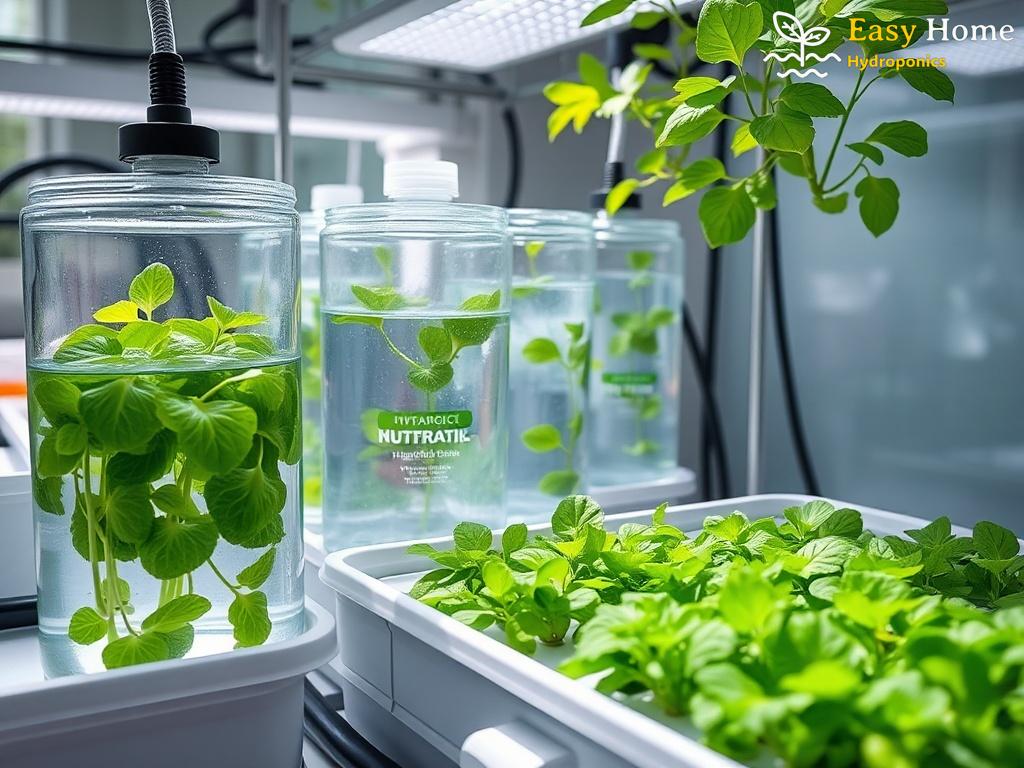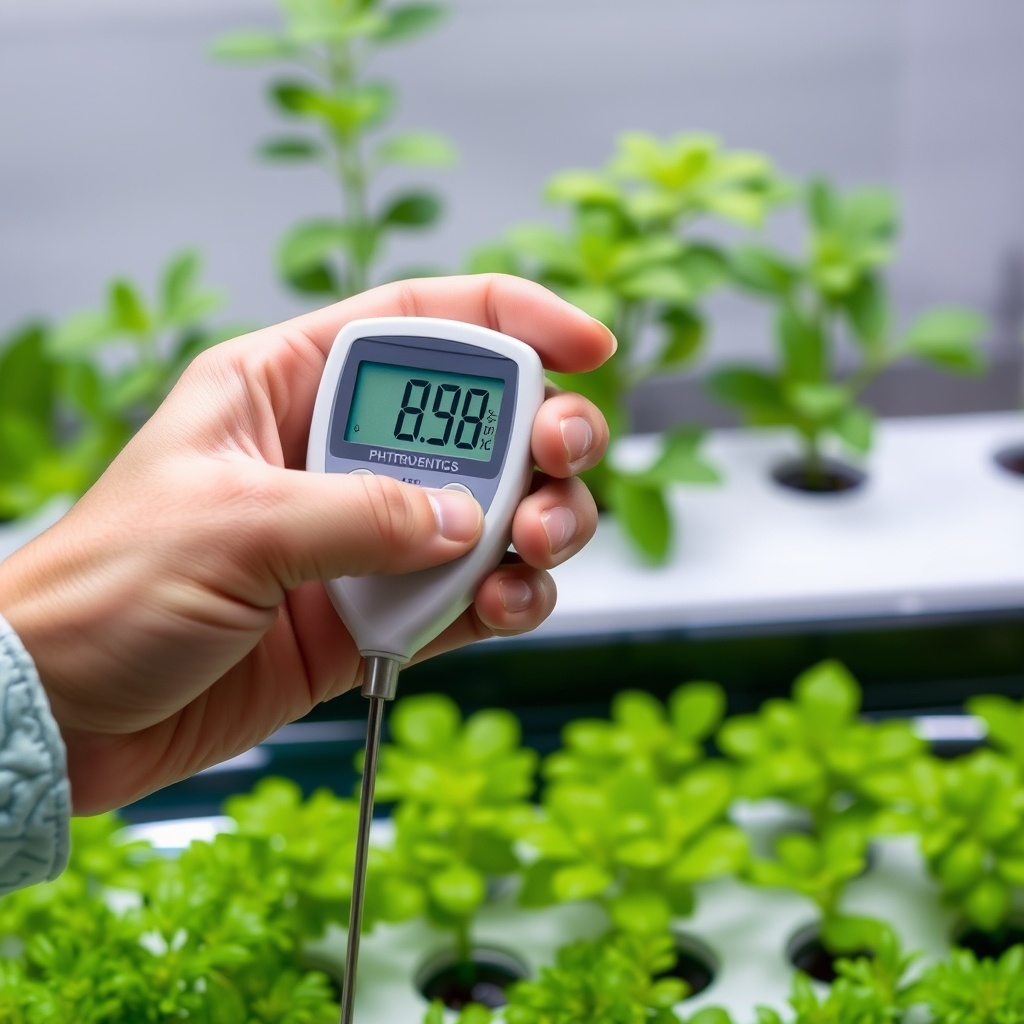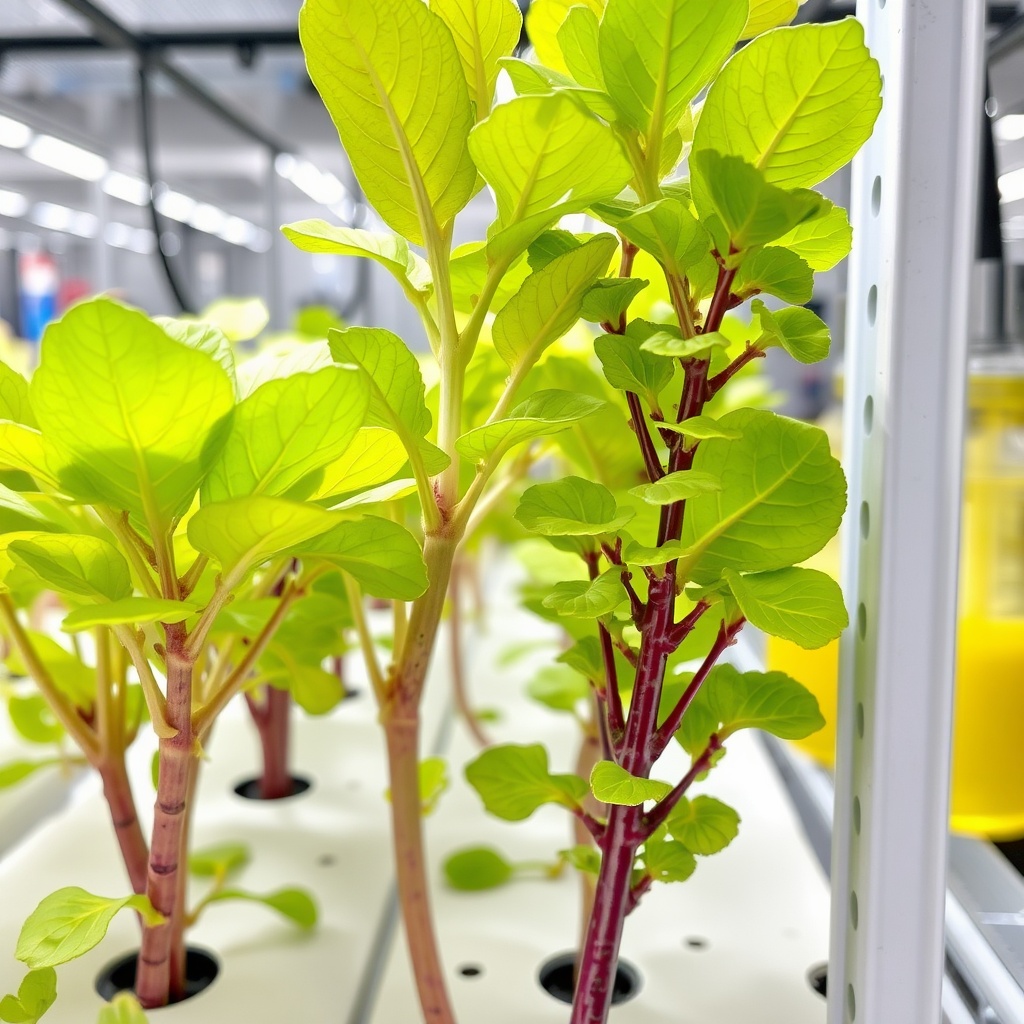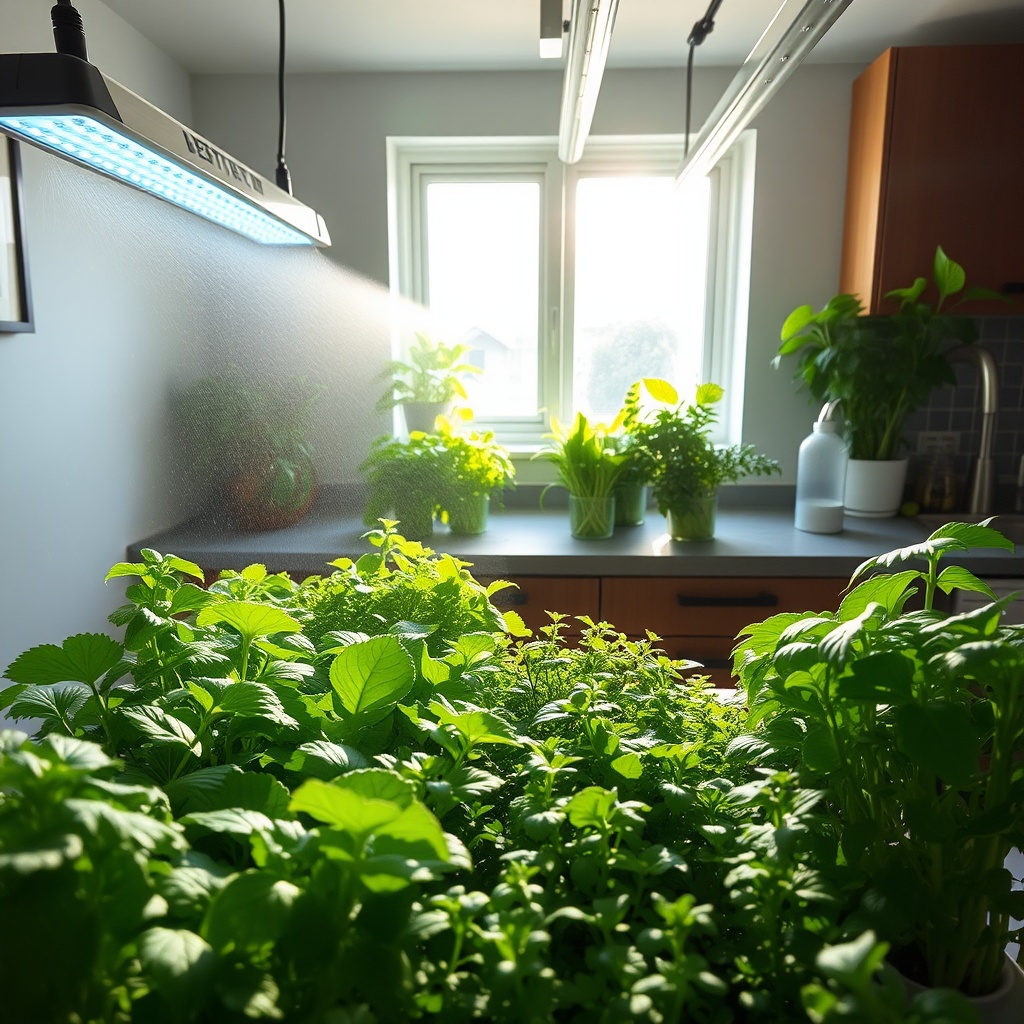Understanding Algae: Friend or Foe?
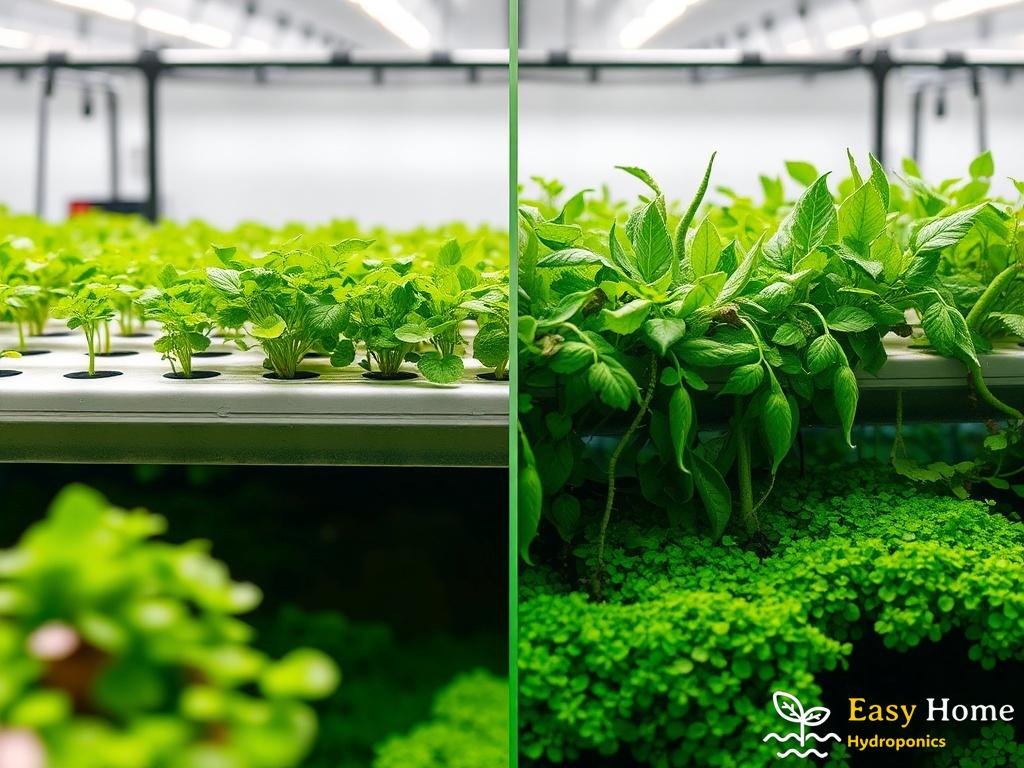
Algae often evoke mixed feelings among hydroponic growers. On one hand, they can be a crucial part of aquatic ecosystems, contributing to oxygen production and nutrient cycling. On the other hand, their unchecked growth can wreak havoc on nutrient solutions, leading to reduced plant health and compromised yields. Understanding the dual nature of algae is key to successful hydroponic management.
While many perceive algae as a nuisance, they do offer several benefits when managed correctly. Here’s a closer look at how algae can be viewed as friends in the hydroponic world:
- Nutrient Recycling: Algae can absorb excess nutrients, preventing nutrient lockout for plants.
- Oxygen Production: During photosynthesis, algae release oxygen, which is essential for root respiration.
- Biological Filtration: They help filter out harmful pathogens and improve water quality.
However, it’s crucial to strike a balance. Overgrowth can lead to competition for light and nutrients, ultimately harming your plants.
Despite their benefits, algae can quickly turn from friends to foes if not carefully monitored. Here are the primary issues they pose:
- Competition for Resources: Algae can outcompete plants for light and nutrients, leading to stunted growth.
- Oxygen Depletion: In dense algal blooms, oxygen levels can drop, creating an unhealthy environment for plant roots.
- Blockages: Algae can clog filters and pipes, disrupting nutrient flow and system efficiency.
Managing algae effectively is essential to maintaining a healthy hydroponic system. Regular monitoring and proactive measures can help keep them in check, ensuring that they remain allies rather than adversaries.
Preventive Measures: Keeping Algae at Bay
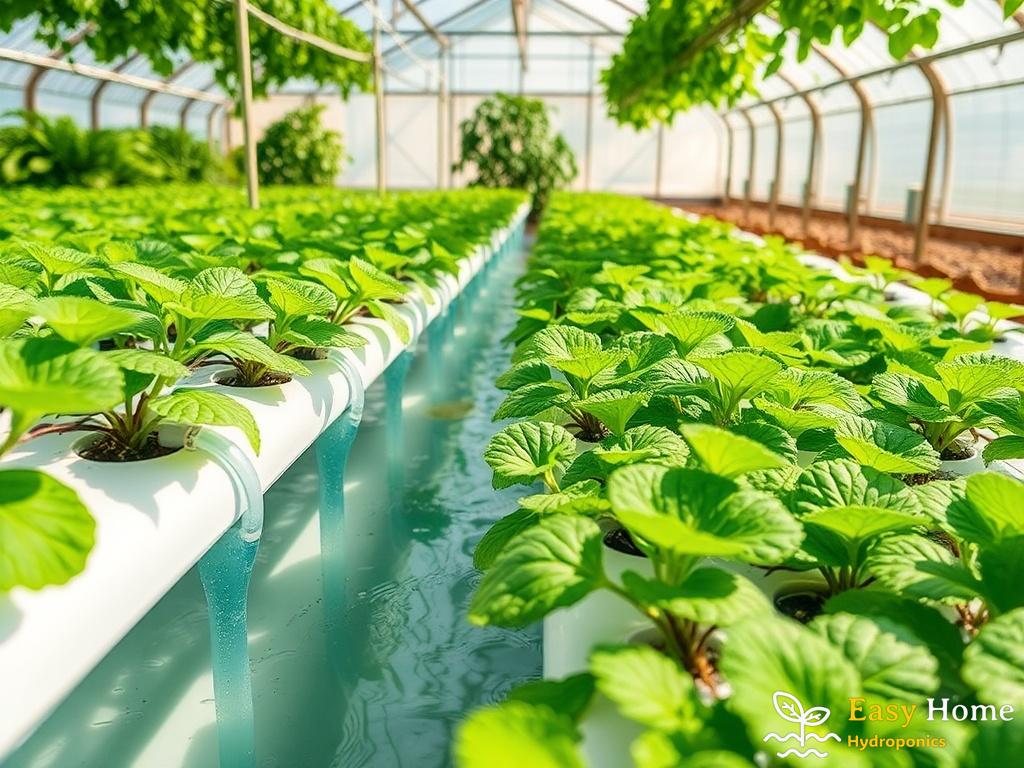
In the realm of hydroponics, where precision and control are paramount, preventing algae from becoming a problem is far more effective than trying to eliminate it once it has taken hold. By implementing a series of proactive strategies, growers can create an environment that is less conducive to algal proliferation. This involves not only understanding the conditions that favor algae but also taking deliberate actions to counteract them. For instance, adjusting light exposure and optimizing water conditions can significantly impact algae growth.
One of the most effective ways to minimize algae growth is by managing light exposure. Algae thrive in bright, direct light, making it essential for growers to control the intensity and duration of light that reaches nutrient solutions. Utilizing opaque covers for reservoirs can help block excess light, creating a darker environment that is less favorable for algae. Additionally, consider the temperature of the nutrient solution. Warmer temperatures can encourage algal blooms, so maintaining cooler water temperatures can inhibit their growth.
Another critical factor is nutrient management. High nutrient concentrations can lead to an overabundance of nutrients in the solution, providing algae with the perfect conditions to flourish. Regularly testing and adjusting nutrient levels can help keep them within optimal ranges, thereby preventing nutrient lockout and minimizing the resources available for algae.
Regular maintenance is a cornerstone of effective algae management. This involves not only frequent water changes but also monitoring water quality parameters such as pH and dissolved oxygen levels. Establishing a routine schedule for checks allows growers to catch any fluctuations early, preventing algae from gaining a foothold. Implementing biological control measures, such as introducing beneficial microorganisms that compete with algae for nutrients, can also be an effective strategy.
Ultimately, the key to keeping algae at bay lies in a comprehensive approach that includes environmental control, nutrient management, and diligent monitoring. By remaining vigilant and proactive, hydroponic growers can significantly reduce the chances of algae becoming a formidable foe in their systems.
Algae Control: Techniques That Work
When it comes to maintaining a thriving hydroponic system, effective algae control is paramount. Algae can quickly transform from a beneficial organism into a troublesome adversary if left unchecked. Fortunately, hydroponic growers have a variety of techniques at their disposal to manage and mitigate algae growth in nutrient solutions. By employing a combination of strategies, you can ensure that your plants receive the nutrients they need without the interference of unwelcome algal blooms.
One of the most promising innovative approaches to algae management involves the use of UV sterilization. This technique employs ultraviolet light to eliminate algae and pathogens in the nutrient solution without harming the plants. By installing a UV sterilizer in your hydroponic system, you can effectively reduce algal populations while simultaneously improving water clarity and quality. This not only benefits the plants by providing a cleaner environment but also enhances the overall efficiency of the nutrient delivery system.
Another technique gaining popularity is the integration of coagulation and flocculation processes. These methods involve the addition of specific coagulants that bind to algal cells, causing them to clump together and settle at the bottom of the reservoir. This strategy not only helps in removing existing algae but also makes it easier to manage nutrient levels within the solution. By regularly removing the settled algae, growers can maintain a more balanced environment that promotes healthy plant growth.
Incorporating biological controls into your algae management strategy can offer a natural and sustainable solution. Certain microorganisms, such as beneficial bacteria and protozoa, can outcompete algae for nutrients and space, effectively keeping their growth in check. By introducing these microorganisms into your hydroponic system, you create a more balanced ecosystem that supports plant health while minimizing the risk of algal overgrowth.
Moreover, regular monitoring of water parameters plays a crucial role in algae control. Implementing a routine schedule for testing pH, nutrient levels, and dissolved oxygen can help identify potential issues before they escalate into serious problems. Understanding the specific conditions that lead to algal proliferation allows you to take preemptive measures, ensuring that your nutrient solution remains an optimal environment for plant growth.
Evaluating Nutrient Solutions: A Balancing Act
In the intricate world of hydroponics, the nutrient solution serves as the lifeblood of your plants. However, the delicate balance of nutrients can also create an ideal environment for algae. Evaluating nutrient solutions is more than just ensuring your plants get what they need; it’s about maintaining a balance that prevents algal overgrowth while promoting healthy plant development. A nuanced approach to nutrient management can significantly impact not only plant health but also the overall efficiency of your hydroponic system.
The right nutrient ratios are paramount in preventing algae from gaining a foothold in your hydroponic setup. By understanding how different nutrients interact and affect algae growth, growers can fine-tune their solutions to strike the right balance. Here’s a brief overview of essential nutrients and their roles:
- Nitrogen (N): Essential for plant growth but can fuel algae blooms if in excess.
- Phosphorus (P): Critical for root development, but too much can lead to increased algae proliferation.
- Potassium (K): Important for overall plant health and can help regulate algae indirectly.
- Micronutrients: Elements such as iron, manganese, and zinc are vital in smaller quantities, as their imbalance can also affect algae.
By regularly analyzing the concentration of these nutrients, growers can prevent the over-fertilization that often leads to rampant algal growth.
Once the nutrient solution is mixed, the journey doesn’t end there. Continuous monitoring is critical for maintaining balance. The following table outlines key parameters to evaluate regularly:
| Parameter | Ideal Range | Impact of Imbalance |
|---|---|---|
| pH Level | 5.5 – 6.5 | Algal growth may thrive outside this range. |
| Electrical Conductivity (EC) | 1.5 – 2.5 mS/cm | High EC can lead to nutrient lockout, favoring algae. |
| Dissolved Oxygen (DO) | 5 – 10 mg/L | Low DO levels can encourage anaerobic conditions favorable to algae. |
By keeping these parameters within their ideal ranges, growers can create an inhospitable environment for algae while promoting optimal conditions for plant growth. Utilizing tools like pH meters and EC testers can aid in maintaining this delicate equilibrium, ensuring that your hydroponic system remains efficient and productive.
When All Else Fails: Algae Cleanup Strategies
Despite the best preventive measures, algae can sometimes spiral out of control. In such scenarios, having a robust cleanup strategy is essential to salvage your hydroponic system. This phase requires urgency and precision, as the health of your plants hinges on how quickly you can restore balance in your nutrient solution. Let’s dive into effective cleanup strategies that can help you regain control.
When faced with a significant algal bloom, immediate action is crucial. The following cleanup tactics can prove effective in eradicating algae and restoring the health of your hydroponic system:
- Flushing the System: Perform a thorough flush of your nutrient solution. This involves draining the existing solution and replacing it with fresh, properly balanced nutrients. This step can quickly reduce algae concentration.
- Mechanical Filtration: Utilize mechanical filters to physically remove algae from the nutrient solution. This method can be particularly effective during the early stages of an algal bloom.
- Chemical Algaecides: In extreme cases where algae have proliferated extensively, consider using safe, hydroponically approved algaecides. Always follow the manufacturer’s guidelines to ensure the safety of your plants.
- UV Sterilization Revisited: If not already employed, installing a UV sterilizer can help eliminate remaining algae and pathogens in the water. It’s an efficient way to improve water quality post-cleanup.
Once the immediate threat of algae has been addressed, it’s crucial to implement long-term strategies to prevent future outbreaks. The following table provides a comparison of effective methods for ongoing algae management:
| Strategy | Description | Effectiveness |
|---|---|---|
| Regular Monitoring | Frequent checks of pH, EC, and nutrient levels to catch imbalances before they escalate. | High |
| Nutrient Adjustments | Fine-tuning nutrient ratios to ensure optimal levels are maintained. | Moderate |
| Biological Controls | Introducing beneficial microorganisms that outcompete algae for nutrients. | High |
| Light Management | Controlling light exposure to minimize conditions favorable for algae growth. | Very High |
By adopting a combination of these strategies, you can create a balanced hydroponic environment where algae struggle to thrive. Remember that ongoing vigilance and adaptability in approach will be your best allies in the fight against algae.

